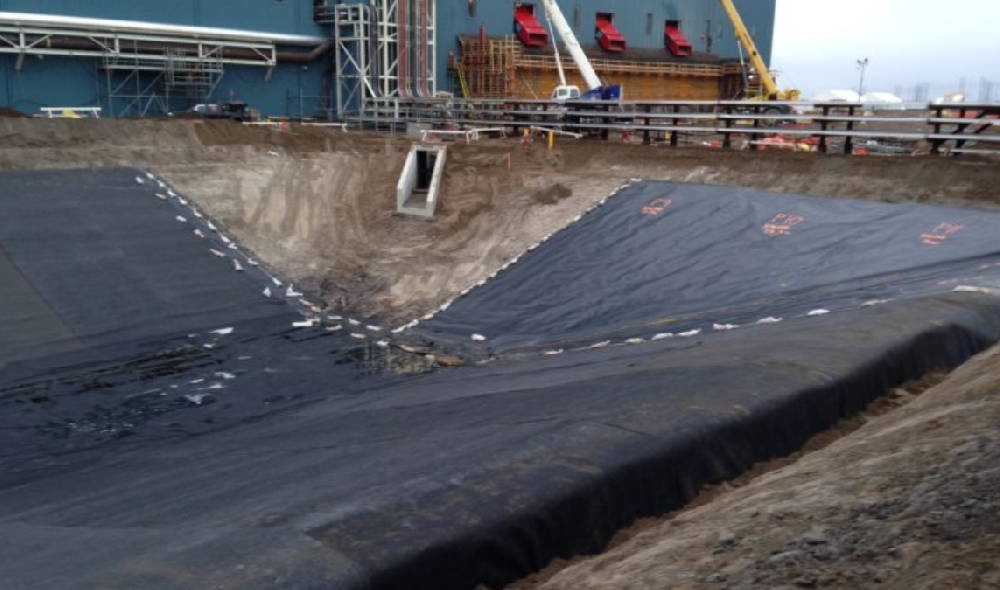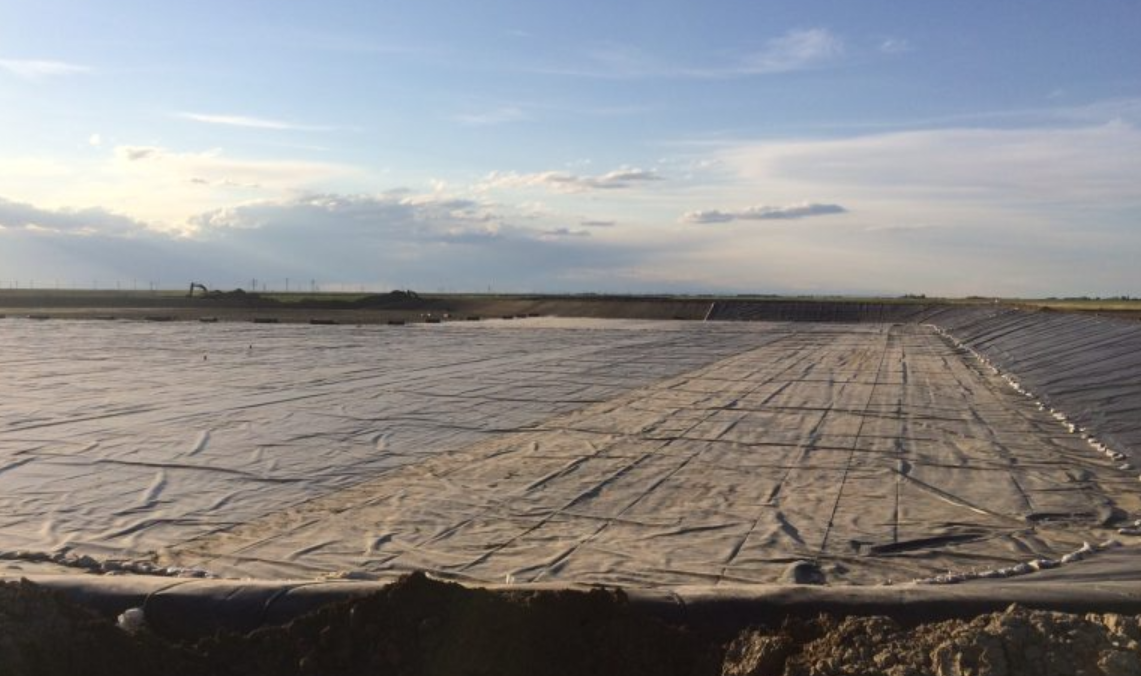- Understanding the Role of Geomembrane Liners in Waste Management
- Innovations in Geomembrane Liners for Water Management
- Geomembrane Liners: A Comprehensive Guide
- The Future of Geomembrane Liners in Civil Engineering
- Geomembrane Liners: Enhancing Landfill Stability
Manager:
WhatsApp:+86 177 0135 2670
Tel:+86 177 0135 2670
Email:marketing@okorder.com
Address:3rd Floor, No.2 Building, No.1 Sanlihe Road
What is the difference between PVC and HDPE geomembrane?
Geosynthetics are of great importance in current construction works as they provide essential containment, protection and reinforcement barriers. One of these geosynthetics is the geomembrane which finds applications such as landfill liners, pond liners, canal linings among others. There two common types of geomembranes PVC (Polyvinyl Chloride) and HDPE (High-Density Polyethylene). Basically, both serve almost a similar purpose but have different characteristics and are used in different applications. Thus, it is important to know the differences between PVC and hdpe Geomembranes so as to pick the right material for a specific project.

Consequently, pvc geomembranes are manufactured from polyvinyl chloride which is an artificial plastic polymer that is ever versatile and durable. Typically, PVC geomembranes consist of many layers with a layer of reinforcing textile sandwiched between two layers of PVC. These layers are fused together by applying heat under pressure so as to create an impermeable barrier that is capable of sustaining considerable amount of stress.
On the other hand, HDPE geomembranes are made from high-density polyethylene which is known for its strength and resistance to chemicals thermoplastic polymers. For manufacturing purposes molten HDPE resin gets extruded into a continuous sheet in a process called extrusion thus forming an HDPE Geomembrane. It becomes one homogeneous layer having uniform properties throughout its thickness.
1 Physical Properties
One distinguishing feature between PVC and HDPE geomembrane materials come about due their physical properties. Flexibility and elongation capacity marks out all PVC membranes where they can be shaped against uneven surfaces without tearing or puncturing when stretched. As a result these membranes are appropriate in situations characterized by ground movement or settlement.
In contrast to that stiffness characterizes the nature of HDPEGeomembraes besides them having very high tensile strength. They do not stretch like PVC geomembranes but have better resistance to puncturing and tearing. These geomembranes do not tend to deform under heavy loads and exhibit a good dimensional stability over time.
2 Chemical Resistance
The other key factor when choosing between PVC and HDPE geomembranes is their chemical resistance. PVC geomembranes display resistance to many chemicals including acids, bases and hydrocarbons. However, they can be attacked by certain solvents and oils that may result in their swelling or degradation over time.
On the flipside of it all, HDPE geomembranes demonstrate excellent chemical resistance against a wide range of substances. They are highly resistant to acids, alkalis, solvents and oils thus making them the most preferred materials for containment applications involving dangerous substances.
3 Environmental Factors
Performance of geomembrane over time is affected by environmental factors such as UV exposure, temperature variations, and microbial degradation among others. Such kind of degradation from sunlight will make PVC geomembrane brittle hence reducing its service life after some period of use. It is necessary sometimes to include additives into the formulations of PVC geomembrane for UV stabilization or cover them with protective layers.
Unlike this situation, HDPE geomembranes possess good resistance against UV rays besides being inherently resistant against microbiological breakdowns. They are highly resistant towards sun light effects as well as severe environmental conditions which happen outdoors without requirement for extra protection features.
4 Installation & welding
Another factor to consider when choosing between PVC and HDPE geomembranes is the ease of installation and welding. Normally, PVC geomembranes are installed using hot-air or wedge welding techniques which require specialized equipment and qualified labor force. However, proper surface preparation and welding parameters must be adhered to in order to achieve strong and durable seams since fasteners cannot be used in this method.
On the other hand, heat fusion welding is the most common approach for installing HDPE geomembranes whereby the surfaces of the membranes are heated until they melt before pressing them together. It is a simple operation performed with a standard equipment for which one can easily get training . An interesting aspect about these types of geomembranes is that they can be installed under different conditions and temperatures at site.
5 Cost Considerations
Cost implications for engineering projects generally influence material selection decisions significantly. Typically, PVC geomembranes are cheaper per square meter than those made from HDPE. However, various factors such as thickness of materials, installation methods, among others determine total cost of a geomembrane installation.
Despite having higher initial costs than other types of liners HDPE geomembanes have been deemed more economically viable options due to their longevity and minimal maintenance requirements . In addition, compared to PVC counterparts; its service life is much longer while it does not corrode or degrade thus not necessitating replacement on a regular basis leading to expensive repairs.

6 Conclusion
PVC (polyvinyl chloride) and HDPE (high density polyethylene) Geotextiles provide different features that make them fit for particular applications depending on project requirements as well as environmental conditions.. The flexibility in terms of resistance against chemicals use in construction industries into containment systems on earthworks requires application of this liner whose strength lies on its flexibility. In contrast High Density Poly Ethylene Geomembrane are best suited for specific projects where performance matters most including enhanced durability and ability to contain chemicals. Consequently, by differentiating PVC and HDPE geomembranes, engineers can choose the most suitable materials that will deliver the results expected of them.
-
2024-12-05Geomembrane Liners: A Comprehensive Guide






